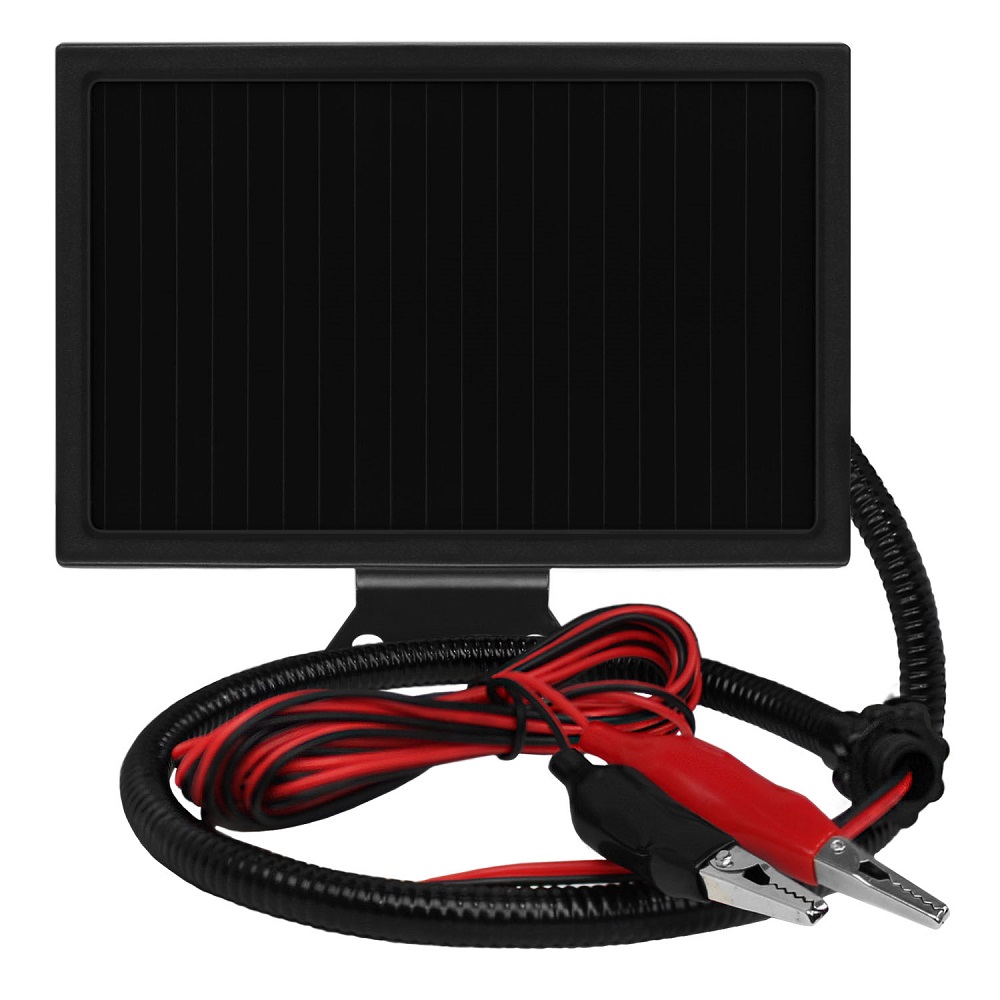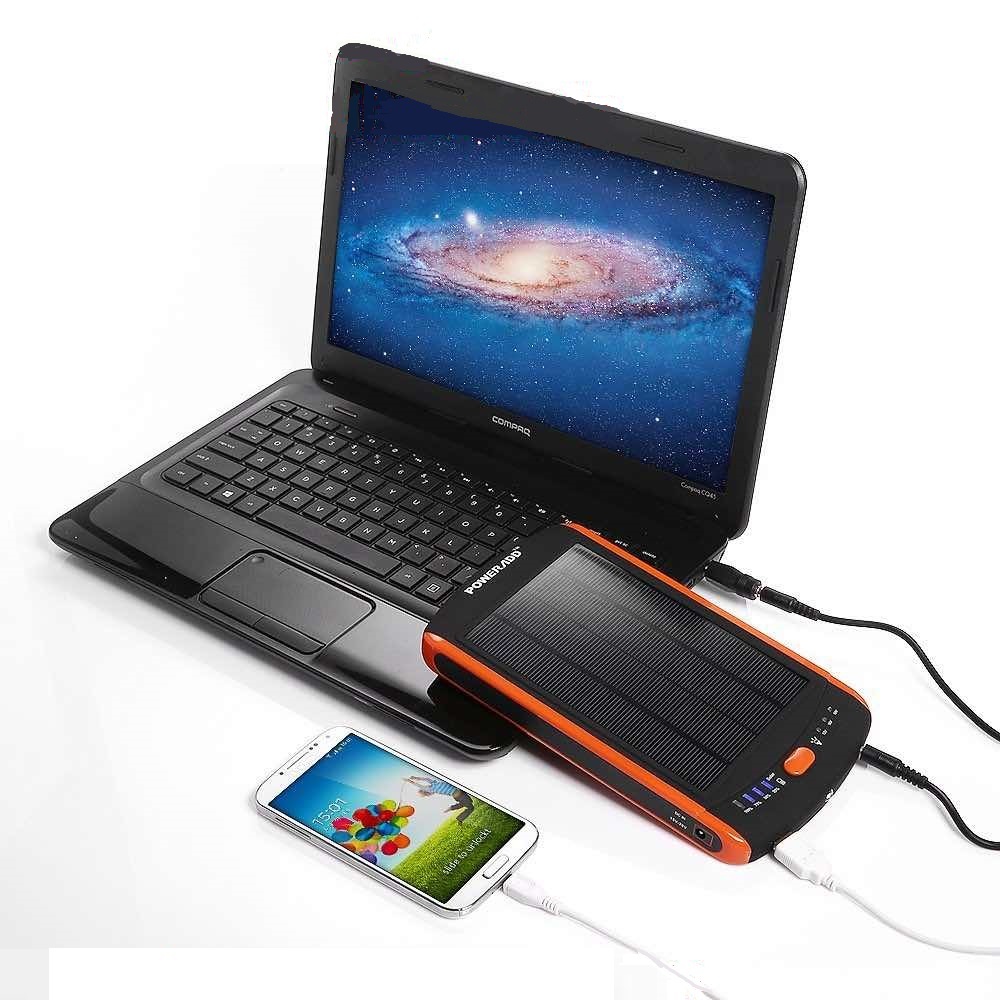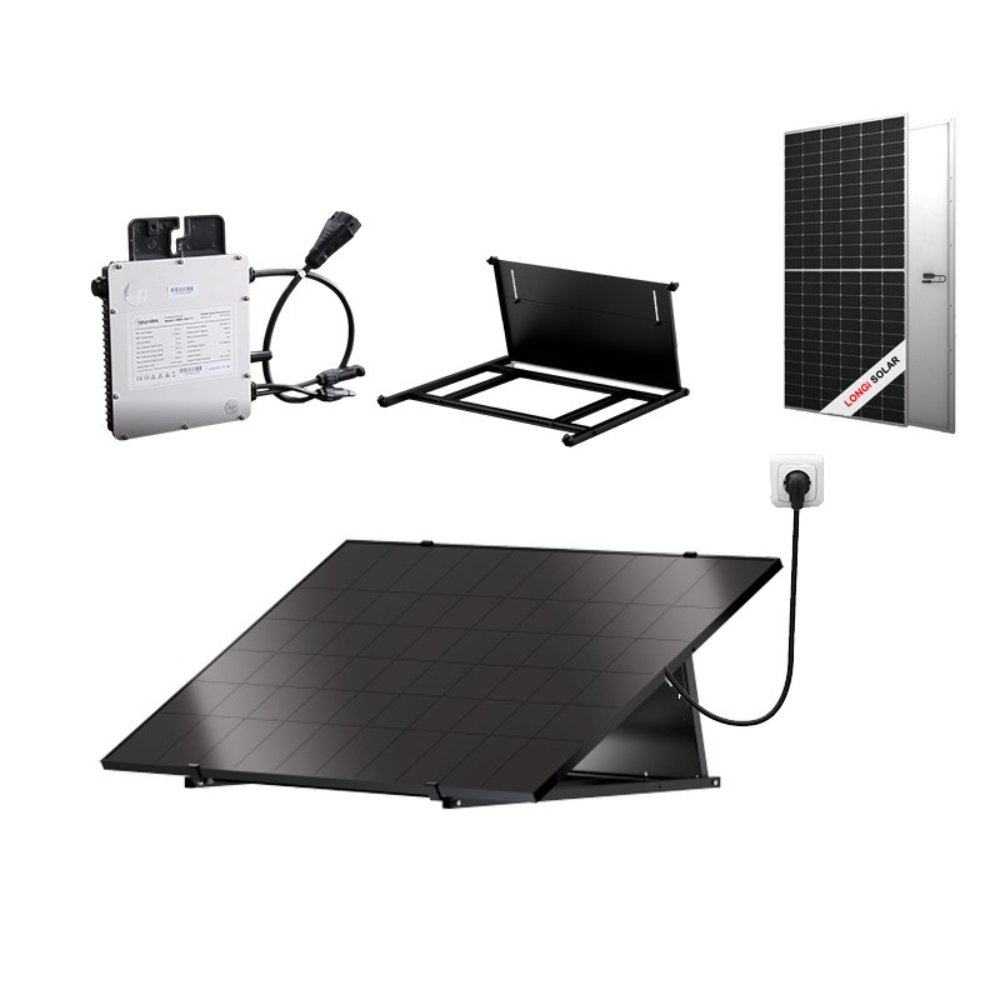The Concept of Solar Computers
When we think of solar power, we often picture panels on roofs. Yet, the concept of solar computers takes this a step further. A solar computer is a device that uses photovoltaic cells to convert sunlight into electrical energy. This energy then powers the computer’s operations. It is a self-sustaining system that can operate without plugging into electrical grids.
Key benefits of a solar computer include its portability and independence from conventional power sources. In remote areas or in situations where electricity is scarce, solar computers offer a reliable alternative. They are not just eco-friendly but also crucial for bridging the digital divide. This innovative approach to computing harnesses renewable energy. It highlights technology’s potential to align with sustainable practices.
Historical Development and Advances in Solar Technology
The journey of solar technology began well over a century ago. It all started with the discovery of the photovoltaic effect in the 19th century. This effect occurs when light is converted into electricity within certain materials. The first solar cell was later created in the 1950s, made from silicon. These early cells provided a low efficiency, but they marked the beginning of solar-powered devices.

Early solar cells were costly and had limited applications. With time, research expanded and improvements ensued. By the 1970s, the energy crisis prompted a surge in solar technology interest. Advances in materials and production techniques reduced costs and increased efficiency. This progress set the stage for more practical applications, including solar computer.
The 21st century saw rapid advances. Solar cell efficiency continued to improve. The costs dropped dramatically, thanks to economies of scale in production. Innovations in design allowed integration of solar panels with various devices, including computers. These advances have made solar computers a viable option for users around the world, especially in remote areas.
As research in solar technology progressed, the applications expanded far beyond mere calculators. Today, we have solar-powered laptops and desktops that can perform a multitude of tasks. Innovations continue with the aim to make the solar cells even more efficient, affordable, and versatile. This development is crucial as it empowers solar computer to become even more widespread and influential.
How Solar Computers Work
Solar computers harness the energy of the sun to function. They convert sunlight into electricity using photovoltaic cells, commonly known as solar panels. These cells are made from semiconductor materials, like silicon, that react to light. When sunlight hits the cells, it frees electrons in the materials, producing a flow of electrical current. This current then powers the computer’s components.
The process begins with the solar panels capturing sunlight. The panels contain multiple photovoltaic cells linked together. These cells create a direct current (DC) when exposed to sunlight. Most computers need alternating current (AC) to work. Thus, the system includes an inverter to convert DC to AC. With the current converted, the computer can operate as it would with power from an electrical outlet.
Some solar computers store energy in batteries for later use. These batteries ensure the device can keep running even without continuous sunlight. This is important for use in areas with intermittent sunlight or during nighttime. The stored power can also help in managing fluctuations in energy supply.
For efficiency, solar computers often use power management systems. These systems carefully control energy use to extend battery life. They ensure the solar computer operates effectively while conserving as much power as possible.
In essence, solar computers use a cycle of capturing, converting, and utilizing solar energy. This makes them versatile tools for various environments, particularly outdoors or off-grid locations. As solar technology improves, these computers are becoming more powerful and reliable.
Benefits of Solar-Powered Computing
The advent of solar-powered computing brings with it a host of advantages. First and foremost, these devices provide independence from traditional electricity sources. This flexibility is particularly beneficial in remote or rural areas, where access to power grids is limited or non-existent. Here, solar computers offer not only a green solution but also essential connectivity.
Another key benefit is the reduction in electricity costs. Over time, the initial expense of a solar computer can be offset by the savings on energy bills. Moreover, solar computers contribute to decreased carbon emissions. By using clean, renewable solar energy, we reduce our reliance on fossil fuels, doing our part to combat climate change.
Solar computers also boast remarkable portability. Unlike conventional computers requiring power sources, solar-equipped devices can be used anywhere there is sunlight. This portability opens up new possibilities for field researchers, travelers, and outdoor enthusiasts who need to stay powered up on the go.
In terms of maintenance, solar computers have fewer moving parts than traditional computers, which can lead to higher durability and lower repair costs. Additionally, they can be ideal in disaster-prone areas where power outages are common, providing a resilient computing option during emergencies.
Lastly, the spread of solar-powered computing aligns with global efforts towards sustainable development. By fostering the use of clean energy in the tech sector, these devices contribute to the achievement of environmental and sustainability goals set by communities and governments worldwide.
While solar computers offer many benefits, it’s important to also consider the challenges they may present. However, the potential they hold for a more sustainable and accessible form of computing makes them an exciting field for consumers and innovators alike.
Challenges and Limitations of Solar Computers
While solar computers hold promise, they face several challenges and limitations. The most significant is their dependence on sunlight. In regions with limited sunlight or during rainy and cloudy days, their performance can suffer. This reliance on weather conditions makes them less reliable than traditional power sources in some situations.
Another limitation is the high initial cost. The technology and materials for solar panels drive up the price of solar computers. These costs can deter potential users, especially in developing countries where affordability is crucial.
Solar computers also have lower power capacities compared to standard computers. They are yet to match the performance levels of devices that run on conventional energy. This can limit their use in applications requiring high computational power.
The size and weight of solar panels can affect the portability of these devices. Although they eliminate the need for power outlets, carrying the panels can be cumbersome. Users who are mobile might find this inconvenient.
Lastly, the durability of solar cells is a concern. They can degrade over time, especially if exposed to harsh environmental conditions. This wear and tear can lead to reduced efficiency and the need for costly replacements. Advancements in technology may mitigate these issues, but they remain a current challenge.
In conclusion, while solar computers offer eco-friendly and portable computing solutions, they come with restrictions that need addressing. These challenges shape both the consumer decisions and the focus areas for ongoing innovation in the field.
Key Players in the Solar Computer Industry
The solar computer industry includes a diverse set of companies and organizations. As solar technology evolves, these key players drive innovation and bring solar computing to wider markets. Their contributions are vital in overcoming obstacles and laying the groundwork for future advances.
Here are some of the core influencers in the solar computer space:
- Tech Giants: Leading technology companies are investing in solar computing, developing products that cater to energy-conscious consumers.
- Startups: A growing number of startups focus on sustainable computing solutions, including portable solar computers.
- Universities: Academic institutions conduct crucial research to enhance solar computer efficiency and durability.
- Non-Profits: Organizations dedicated to sustainability often support solar computer initiatives, especially in developing regions.
- Government Agencies: Various governments around the world offer incentives for renewable energy technologies like solar computers.
Each of these players plays a role in making solar computers more accessible and practical for daily use. Their collective efforts are essential in moving the industry forward. It’s important to watch for collaborations between these entities that could catalyze significant breakthroughs in the field.
Latest Innovations in Solar Computing Technology
In the realm of solar computing, innovation is key. Manufacturers and researchers constantly push boundaries to improve solar computer technology. Here are some of the latest advancements:
- High-Efficiency Solar Cells: Modern solar cells have reached new heights in efficiency. Firms have unveiled cells that convert more sunlight to electricity than ever before.
- Flexible Solar Panels: Flexible, rollable solar panels are making waves. They are lighter and can be attached to various surfaces, boosting solar computer portability.
- Integrated Battery Systems: New solar computers come with better batteries. These store more energy for longer, ensuring computers work anytime.
- Advanced Power Management Software: Cutting-edge software now manages power more efficiently. It reduces energy waste and makes solar computers more effective.
- Sturdier Designs for Extreme Weather: Devices are getting tougher. They can now endure harsh conditions without losing performance, a boon for users in tough climates.
- Hybrid Systems: Some computers now use both solar and traditional power. This dual-source capability means they’re useful in more places and situations.
- Transparent Solar Cells: Innovators have developed clear solar cells. These could turn screens into power sources, a groundbreaking concept for solar computers.
- Community Projects: There are new initiatives to spread solar computing. These projects aim to bring solar computers to remote areas and schools, supporting education and development.
These innovations show a clear path forward. They make solar computers more practical for everyday use and closer to fully replacing traditional computers. As technology advances, solar computers are set to make a bigger impact on various sectors. This potential is what keeps interest peaked and investments flowing in solar computing research and development.
Future Prospects of Solar Computers in Sustainable Development
The future of solar computers shines bright with sustainable development at its core. This eco-friendly tech is poised to revolutionize access to computing power, especially in off-grid and rural areas. Here’s a closer look at the prospective developments:
- Increased Adoption in Remote Areas: Solar computers are ideal for remote regions lacking stable electricity. We expect to see more of these devices in areas where grid power is a luxury.
- Educational Impact: Schools in underserved communities could benefit greatly. Solar computers provide a reliable option for digital learning, helping close the educational gap.
- Growth in Developing Nations: Solar computing has significant potential to boost economic growth. In developing countries, they can facilitate connectivity and technological empowerment.
- Innovation in Design: Design improvements will likely focus on making solar computers even more user-friendly. This includes enhancing portability and durability for all kinds of environments.
- Energy Efficiency: As solar cell technology advances, future solar computers could require less sunlight. They would become more reliable and efficient.
- Collaborative Efforts: Partnerships between public and private sectors could drive down costs. Affordable solar computers would then be within reach for many more users.
- Integration in Various Industries: From agriculture to healthcare, many sectors could integrate solar computers. This could lead to more sustainable practices across the board.
- Government Policies and Incentives: Governments might introduce more incentives for renewable tech adoption. This could stimulate the solar computer market.
These prospects highlight the transformative role solar computers could play in creating a greener and more connected world. The ongoing mission to overcome current limitations emphasizes the importance of innovation in this field. Solar computer technology holds the promise of a more sustainable future, with each advance bringing us closer to realizing its full potential.


